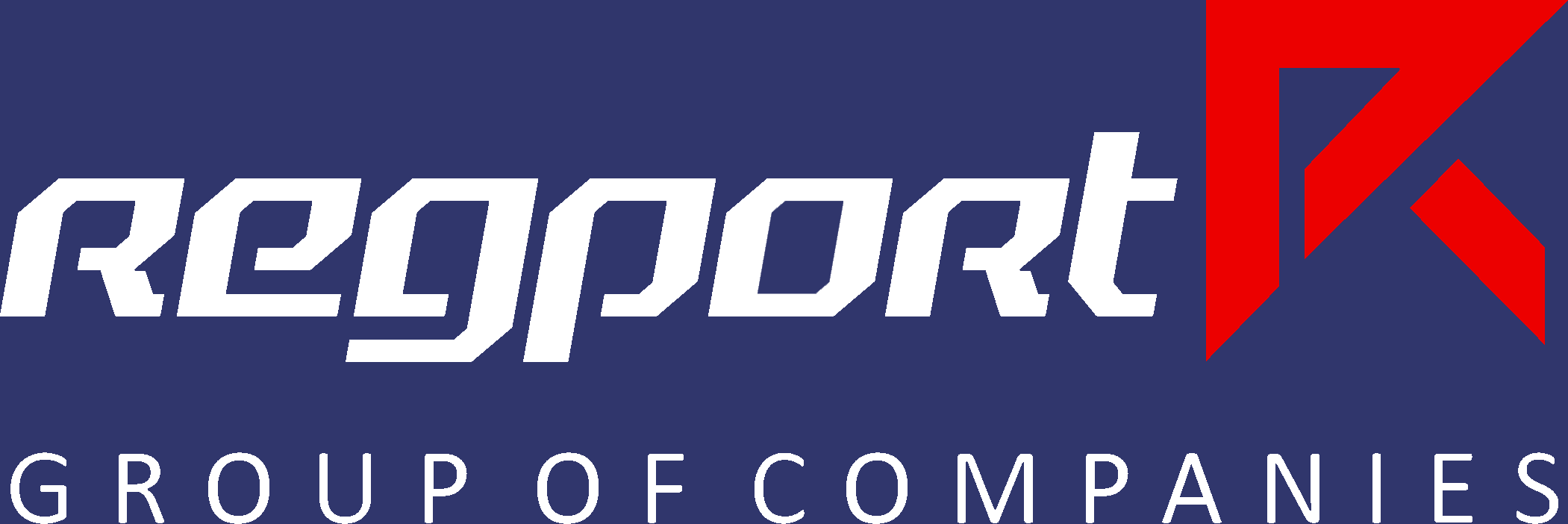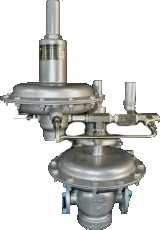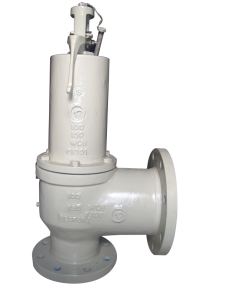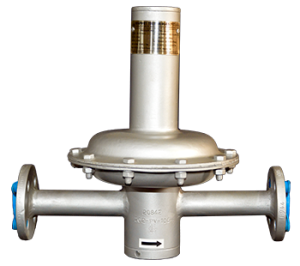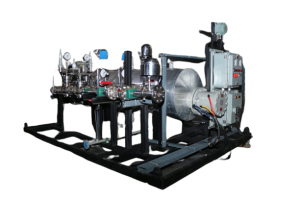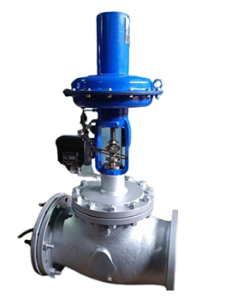Blanketing System
- Home
- Product Item
- Blanketing System
What is Blanketing
Blanketing also called as ‘padding’ is the process of introducing and maintaining inert gas into the empty space in a storage / process vessel.
This is done by providing a way of allowing the blanketing gas into the system and another way to vent the gas for avoiding over pressurization of storage / pressure vessel.
Why Blanketing
Safety
In Petro-chemicals, Refineries, Chemical or Pharmaceutical Plants, the major concern is safety. Fuels / Solvents require Oxygen for combustion and Inert Gas Blanketing avoids the contact of satored liquid with atmospheric oxygen. The presence of layer of Inert Gas on top of liquid level avoids the entry of atmospheric air and in turn oxygen and addresses the major concern of safety.
Saving
Apart from safety, cost saving is a major advantage of blanketing in all industrial segments. Presence of positive pressure on liquid level in void vapor space, reduces the evaporation of liquid due to change in temperature and during the pump-in operation. This results in considerable cost saving in case of volatile costly Fuel Oils and other costly liquids.
Also, following advantages are noted due to effective blanketing :
Maintaining Quality of Stored Product
Prevents Oxidation
Safety during Transit
Increases life of Containers
Environmental Safety
Other Product Item
Tank Blanketing
Tank Blanketing Storage Tank Safety Instruments Ie Storage Tank Blaketing System Tank blanketing system comprises of following minimum components : D300 - Blanketing Pressure Regulator (Inbreathing Regulator) Pressure Vacuum Relief
Full list of Services
Recent Posts
Recent Comments
No comments to show.
